How does plastic welding work using a laser?
Laser Transmission Welding
The transmission properties of components joined using laser transmission welding are widely varied. One of the two components is transparent for the wavelength used by the laser, while the other absorbs the laser energy. Slight pressure is used to transfer the heat produced in the absorbing component to the upper component. Both components melt at the weld seam, resulting in a dependable and sturdy joint – one that is as solid as the base material.
Transmission Measuring Device TMG 3
The more precisely the transmission values are known for the plastics being welded, the greater the quality of the final result. This is why LPKF also offers a transmission measuring instrument with the TMG 3 – for users who really want to play it safe.
Something special in the LPKF portfolio: Another available option newly added by LPKF is a ClearJoining procedure for clear-clear joints.
Which procedure is best suited to your applications? See for yourself – or ask us about it!
Welding processes for every plastic joining task
Principal applications
Sealing large quantities of sensor or electronic housings
Main characteristics
- Clean and reliable two-dimensional component joints
- Particularly cost-effective due to short cycle times and large batch numbers
- Process monitoring
- Very flexible due to the ability to program the scanning units
- Corrections of the welding contour or new products without the need for other optics or masks
- Ideal for components up to at most 400 mm x 400 mm in size
- Significantly reduced tooling costs compared to non-laser-based processes
Procedure
In quasi-simultaneous welding, the laser beam is guided along the weld seam and can be steered in the X and Y directions. The laser continues to deliver energy until the desired welding depth has been reliably attained. Due to the high scanning speed, the material melts along the entire weld seam, causing the components to join more or less at the same time. Seam monitoring allows qualitative statements to be made about the welding result. Pyrometer monitoring reliably detects flaws in the weld seam.
Principial applications
Small to large components, such as classic, car lights, and solar panels, including 3D applications and microfluid components.
Main characteristics
- A predefined contour is traced during the welding process.
- Local heating
- Process monitoring
- Handled through a scanning unit, robot, or axis
Procedure
Contour welding is used to process both small and large components, such as chassis, car lights, and solar panels. It differs to widespread quasi-simultaneous and simultaneous versions mainly in its feed rate.
A positioning system guides the laser beam along the weld seam once, with the laser either directly moved by the robot or coupled to moving focusing optics by means of glass fibers.
Procedure
When a rotation body is being joined, the component is rotated axially multiple times in order to uniformly heat up the weld seam using a principle similar to that of contour welding. The required contact pressure comes about through the use of an interference fit between the components being joined.
If the component itself cannot be rotated, then alternative versions of this welding procedure are used: Either the optics spin around the stationary component, or a mirror and scanner-based laser head focus the laser beam on a revolving, horizontal welding plane.
Principal applications
Welding large 3D components with a variable weld seam width, e.g. taillights in cars.
Main characteristics
Patented, newly developed high-performance welding system
- For series production of plastic components up to 1000 mm x 750 mm in size
- The weld seam width can be infinitely adjusted from 1.5 mm to 5 mm
- Flexibility in the Z direction: height differences up to 400 mm
- Following the welding process through seam monitoring
- Very short cycle time
- Robust process
Procedure
Wobble welding is a special welding process for large 3D components. Using additional amplitudes in a quasi-simultaneous welding process, the laser beam is deflected perpendicular to the feed direction, thereby making it possible to produce different weld seam widths between 1 mm and 5 mm with particularly homogeneous temperature distribution. Local tolerances are balanced out. Machine-specific software automatically activates the wobble function and calculates uniform energy input levels, even when there are differences in height.
Principal applications
- Automotive industry, for example taillights, headlights, speedometers
- Large, spatial components where the weld seam is directly visible and for which there are high aesthetic demands
Main characteristics
- Reliable processing with a high level of aesthetic quality
- Tempering after welding is omitted or greatly reduced
- No upper die is necessary
- No wear and no contamination
- High level of productivity and flexibility
Procedure
In patented LPKF hybrid welding, special halogen spotlights provide additional energy in the welding zone. This combination increases the process speed and processes aesthetically high-quality weld seams, while simultaneously reducing stress. LPKF hybrid welding thus achieves what other welding processes cannot always perform: reliable, impeccable, and nearly stress-free welding seams without the need for follow-up treatment.
The LPKF solution’s use of the complete weld head on a multi-axis robot allows a high level of flexibility.
Primary applications
- Medical technology applications, such as catheters and anus praeter
- Microfluidics
Main characteristics
This procedure overcomes the limits of traditional transmission welding and enables laser light to be absorbed even in clear components.
Procedure
With laser transmission welding, one of the two components needs to absorb the laser energy. So what can be done with two transparent plastic components that are to be joined with all of the benefits of laser technology? LPKF has a solution for this: the patented LPKF ClearJoining procedure for clear-clear joints without additives.
Our application engineers can tell you if this procedure is suitable for your application as well. Just get in touch with us!
Do you have specific, challenging plastic welding tasks? And do you have the impression that your project cannot be completed using standardized machines? We will take on any challenge and prepare a wide variety of versions for customer-specific tasks for laser welding of plastics. For example:
- A customized combination of the laser, beam guidance, and control system
- Development of manual assembly workstations
- Automatic component feed
- Complex robotic stations
The experts at the LPKF application center are familiar with a wide range of production processes thanks to many years of supervising projects. You profit from this extensive expertise when we develop a customer-specific laser welding solution for you.
WeLDS combines 3D-MIDs with Laser Plastic Welding
WeLDS combines 3D MIDs with laser plastic welding. With LPKF-LDS (Laser Direct Structuring) conductive traces can be produced on the surfaces of injection-molded parts. Laser Plastic Welding by LPKF provides visually and functionally outstanding weld seams for permanent and reliable joints in your component design. User can benefit from the unique expertise of LPKF in both technologies.
- Efficient and clean sealing and protection of 3D LDS parts
- Higher geometrical complexity of 3D LDS parts
- Economic Production
- High Function Integration
The process thus offers revolutionary opportunities for miniaturization and functional integration in the electronics industry.
Innovative WeLDS technology - already proven successful in millions of units in series production.
More on WeLDS
Process Monitoring for Continuous Tracking and Tracing
LPKF Laser Plastic Welding
LPKF plastic welding is a success story with three substantial advantages: cost-effectiveness, technological leadership, and dependable quality. The importance of quality assurance is constantly increasing – and LPKF and laser transmission welding have a lot to offer in this area. Laser plastic welding is already a particularly reliable procedure due to the underlying technology.
In order to satisfy particularly high documentation requirements, LPKF has also developed special testing procedures for process monitoring in order to already confirm the quality of the joint during the welding process. The advantage: The laser can still make corrections during the ongoing process and therefore avoid scrap. Changes in the material properties due to pre-processing influences are noticed quickly, and faulty parts are ejected from the production process.
LPKF uses four complementary testing procedures
Quality starts with the reliable welding process and continues with testing. The LPKF systems have integrated process monitoring along with regulation mechanisms that correct even the slightest deviations.
- Seam monitoring – detects direct and indirect faults and ensures protection classes of up to IP69K
- Monitoring of temperature progressions – checks that the welding result is uniform
- Burn detection – determines any burning
- Camera-supported image capture – finds even the tiniest flaws in the weld seam
The use of these different process monitoring procedures depends on the material and welding procedure selected. By combining two or more procedures and continuous data recording, it is possible to satisfy even the particularly demanding documentation requirements of various industries.

![[Translate to USA:] Laser Welding Process](/fileadmin/mediafiles/_processed_/9/b/csm_Header_WQ_03_0b83f380b5.jpg)
![[Translate to USA:] Principle of Laser Plastic Welding [Translate to USA:] Principle of Laser Plastic Welding](/fileadmin/mediafiles/_processed_/c/4/csm_Laser_Welding_Schema_63a1ddf027.jpg)
![[Translate to USA:] Transmission Measuring Device LPKF TMG 3 [Translate to USA:] Transmission Measuring Device LPKF TMG 3](/fileadmin/mediafiles/_processed_/c/f/csm_Fig_5_TMG_3_f14f6be00e.jpg)
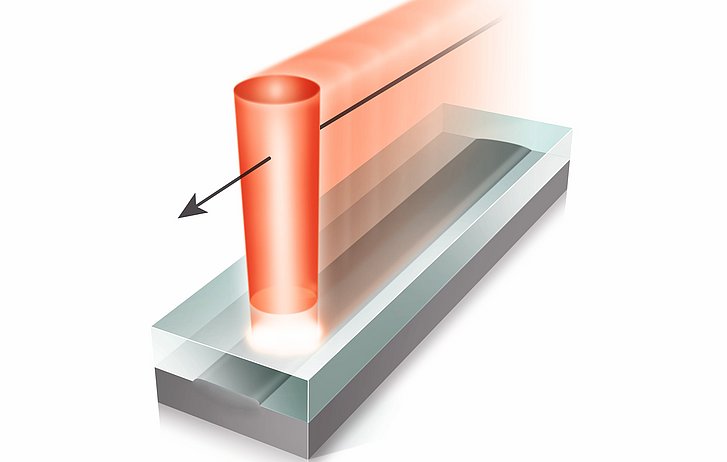
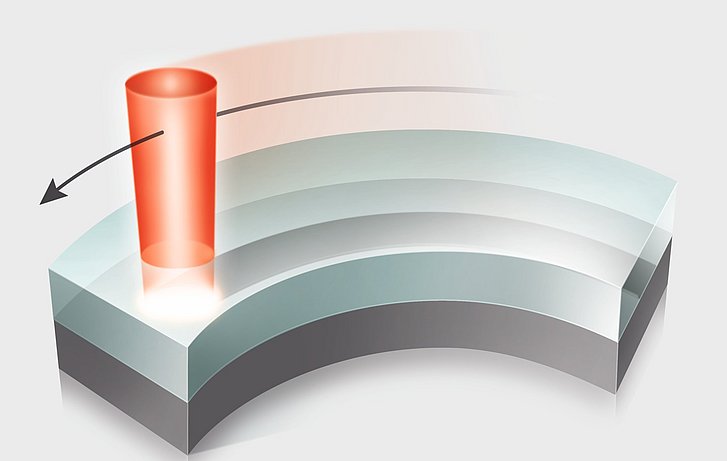
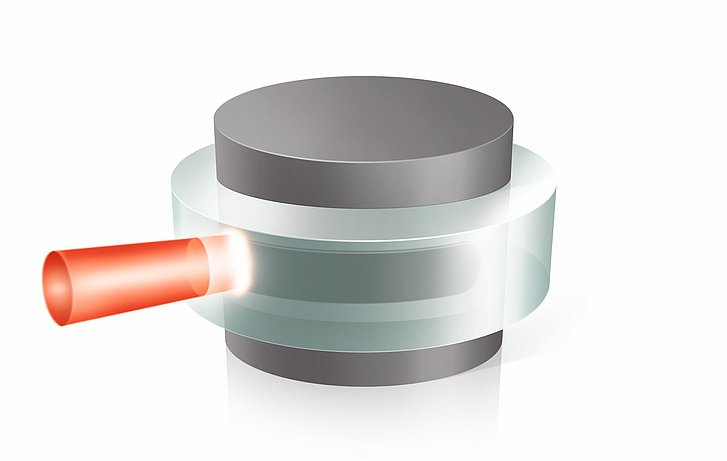
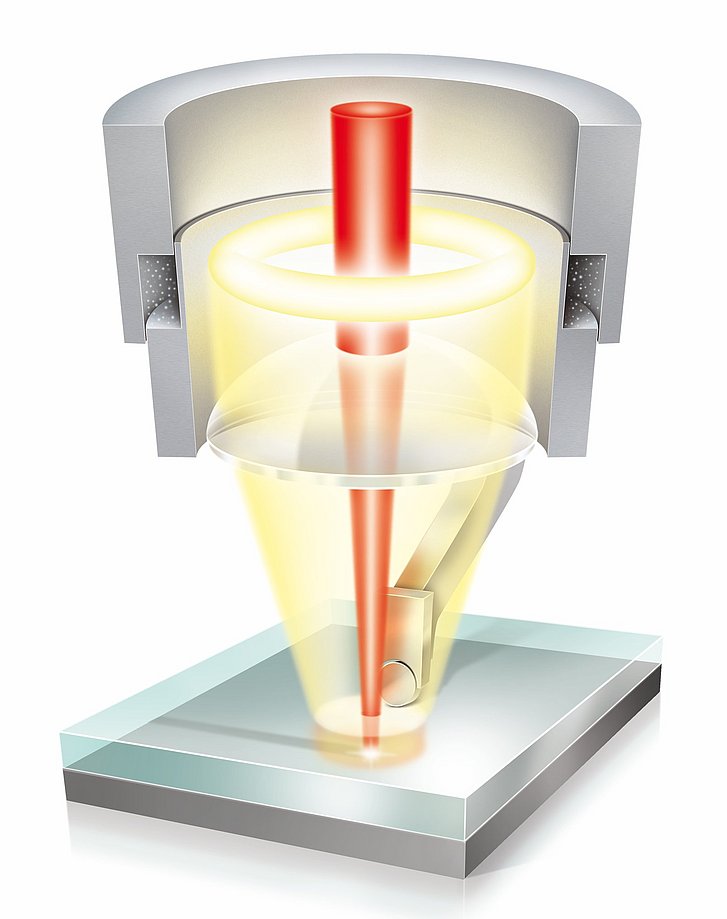
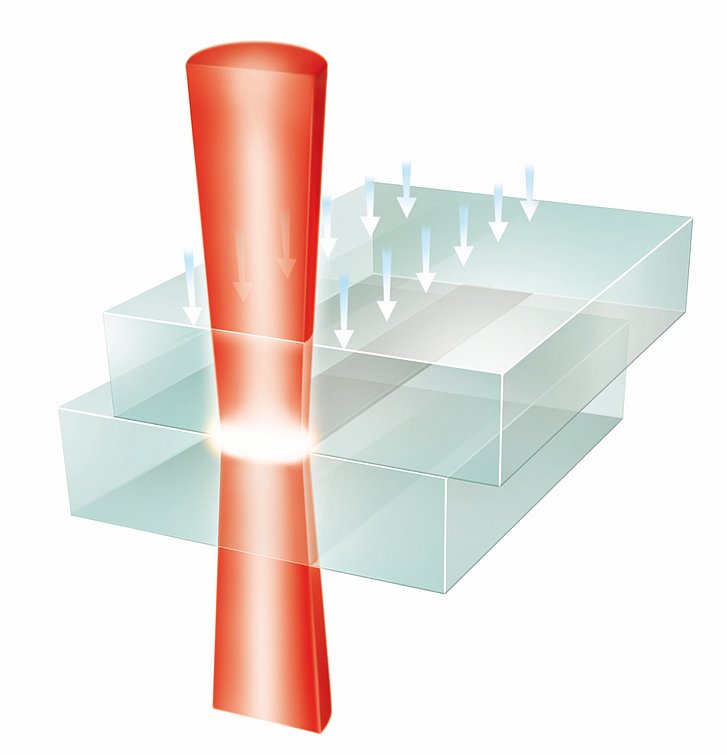
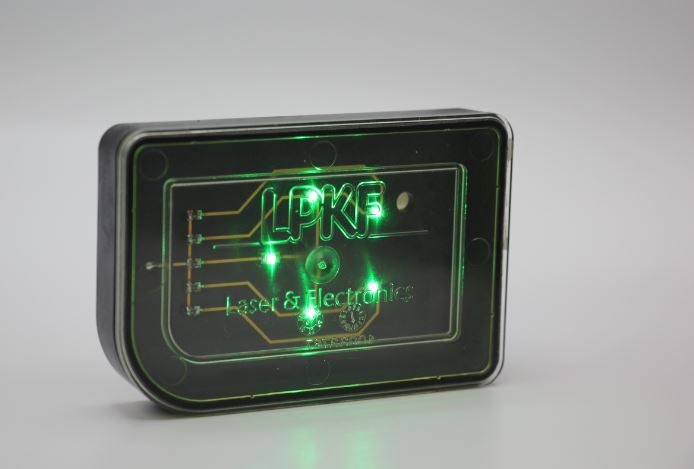
![[Translate to USA:] Quality inspection using the LPKF TMG 3 [Translate to USA:] Quality inspection using the LPKF TMG 3](/fileadmin/mediafiles/_processed_/b/3/csm_WQ__People_KF_002_c6a39fdf5c.jpg)
![[Translate to USA:] Measurement of transmission properties [Translate to USA:] Measurement of transmission properties](/fileadmin/mediafiles/_processed_/1/8/csm_TMG_3_Sales_Training_IMG_9376_b8a06ec143.jpg)